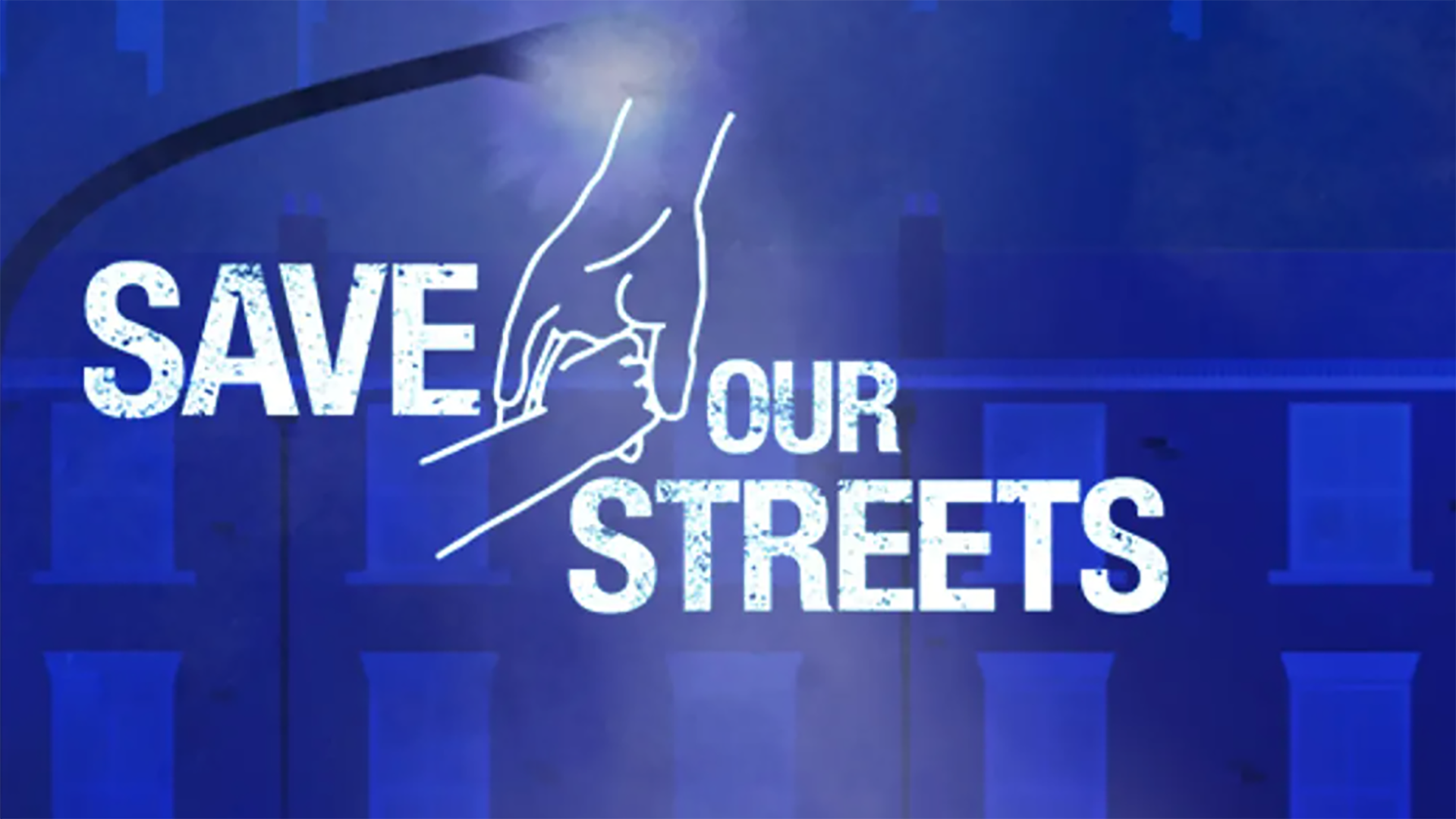
Is Media Broken? Josh Shear’s Candid Thoughts May Surprise You
Josh Shear – In an era when headlines spread faster than facts and public trust in journalism is at historic lows, it is tempting to declare that the media is beyond repair. Josh Shear, a writer known for blending political insight, cultural observation, and personal reflection, approaches the question with nuance. His view is neither an outright condemnation nor a blind defense. Instead, it is a candid thoughts exploration of how media reached this moment and what it might take to restore its credibility.
Shear’s starting point is deceptively simple: the media is not a monolith. It is a complex web of local newspapers, global broadcasters, independent bloggers, podcasts, and social media influencers. Lumping them together under one banner ignores the varied intentions, resources, and standards that shape their output. The problem, as Shear frames it, lies less in the existence of bias and more in the structures that reward speed, outrage, and superficiality over context, patience, and accuracy.
One of Shear’s sharpest observations is that modern news is no longer bound by the daily print cycle or the evening broadcast. Information is now instantaneous. The race to be first has replaced the drive to be right. This shift has created a feedback loop in which reporters feel pressure to publish quickly, audiences expect constant updates, and errors are corrected after they have already shaped public opinion.
Shear argues that the system rewards reaction rather than reflection. Breaking news banners dominate screens even when the story is half-formed. In this environment, truth becomes a moving target, constantly revised but never fully caught.
Shear also points to the economic incentives driving much of what we consume. In a digital advertising model, clicks and shares translate directly into revenue. Outrage, conflict, and scandal are reliable drivers of engagement, so algorithms and editorial decisions often lean toward what provokes the strongest emotional response.
The effect is not subtle. Audiences become conditioned to seek stories that confirm their existing beliefs or spark outrage at the other side.
When Shear examines public distrust in media, he sees a problem that runs deeper than partisan accusations of bias. Fragmentation has created a media landscape where everyone can build their own information bubble. People no longer share a common set of facts, making productive conversation more difficult.
He acknowledges that journalists bear responsibility for maintaining standards of accuracy and fairness, but he also emphasizes the role of audiences.
Despite his critiques, Shear does not believe media is doomed. He points to small, independent outlets doing serious investigative work, community radio stations covering issues ignored by larger networks, and long-form journalism that takes weeks or months to produce. These examples, he says, prove that audiences will support depth and quality if given the opportunity.
Restoring trust will require structural changes, including business models that prioritize sustainability over sensationalism, and a cultural shift that rewards thoughtful reporting. It also means recognizing that media literacy is as important as the journalism itself.
Read More: The Future of Investing: What You Need to Know in 2025
Josh Shear’s candid thoughts on whether media is broken invite readers to look past easy answers. The problems are real, but so are the possibilities. Media is not a static institution; it is a constantly evolving system shaped by technology, economics, and the choices of both producers and consumers.
This website uses cookies.